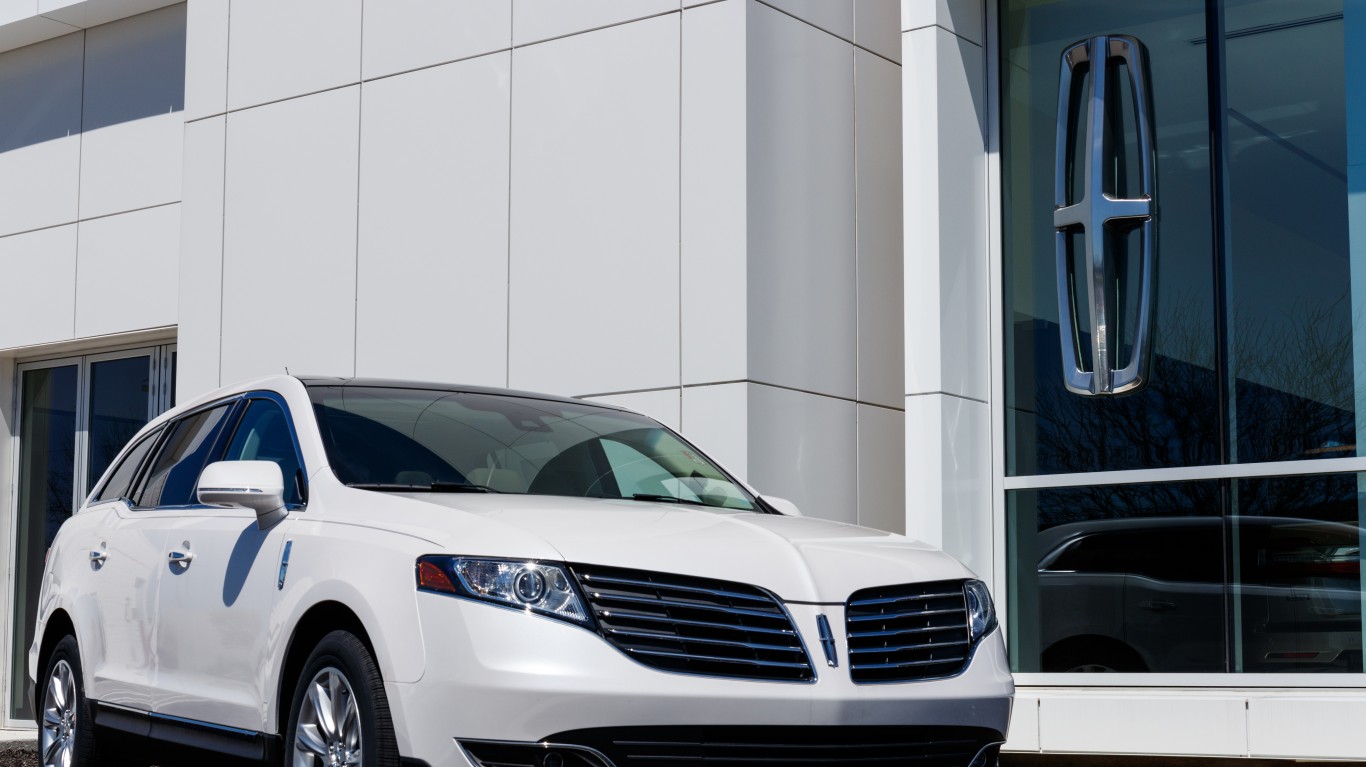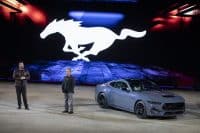
Lincoln is Ford’s luxury division, although it barely exists. While it does relatively well in China, sales in the United States have trailed the top German and Japanese luxury brands for decades. Lincoln is Ford’s most visible failure, and it has no way to change that.
[in-text-ad]
The Lincoln brand was launched in 1917 and Ford bought it in 1922. One would think the brand’s longevity would be an advantage. It is not, not by any stretch of the imagination.
So far this year, Lincoln has sold 70,166 cars and light trucks. The best-selling Japanese brand, Toyota’s Lexus division, has sold 220,409, and Mercedes has sold 254,393. Lincoln also must contend with Cadillac (another American luxury brand failure), Audi, BMW, Acura, Genesis and Infiniti. At the higher level of the luxury market, it competes with Porsche, Land Rover, Jaguar and Tesla. Based on sales over the past several years, Lincoln’s place on this list will never advance. Neither will its market share.
Lincoln is also a tiny part of Ford. In September, its sales count was 6,666 out of Ford’s total sales of 142,644. The only two models with sales of 2,000 for the month were the MKC at 2,138 and the Aviator at 2,088.
To keep the Lincoln brand afloat, Ford must carry marketing, product development and dealer relations costs. Unlike Tesla, Lincoln’s electric cars are hybrids, something few EV buyers embrace.
Lincoln’s dealers have to contend with the fact that they have not a single sedan or coupe to sell. Even its sport utility vehicle options are limited compared to its larger competitors. Customers hardly have much to shop for at a Lincoln dealership.
Ford has resisted closing the Lincoln brand for all its lean years. As luxury vehicle competition moves into the second half of the decade, it should.
Take Charge of Your Retirement In Just A Few Minutes (Sponsor)
Retirement planning doesn’t have to feel overwhelming. The key is finding expert guidance—and SmartAsset’s simple quiz makes it easier than ever for you to connect with a vetted financial advisor.
Here’s how it works:
- Answer a Few Simple Questions. Tell us a bit about your goals and preferences—it only takes a few minutes!
- Get Matched with Vetted Advisors Our smart tool matches you with up to three pre-screened, vetted advisors who serve your area and are held to a fiduciary standard to act in your best interests. Click here to begin
- Choose Your Fit Review their profiles, schedule an introductory call (or meet in person), and select the advisor who feel is right for you.
Why wait? Start building the retirement you’ve always dreamed of. Click here to get started today!
Thank you for reading! Have some feedback for us?
Contact the 24/7 Wall St. editorial team.




